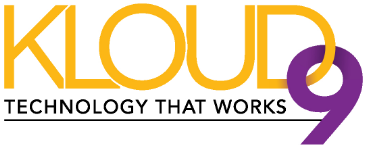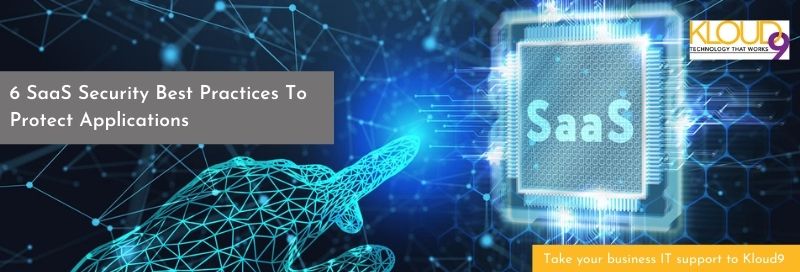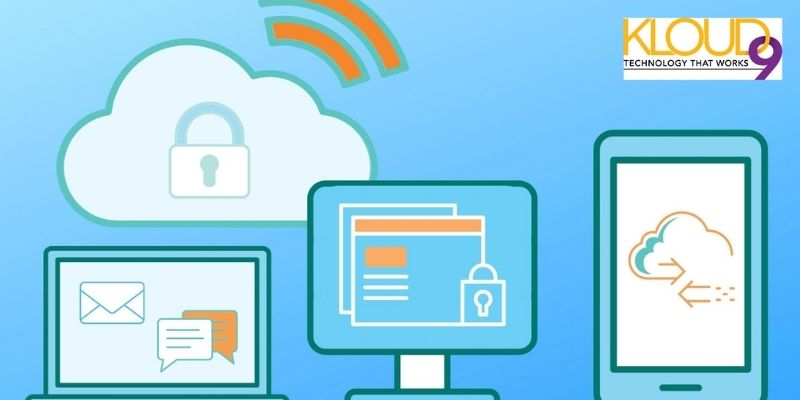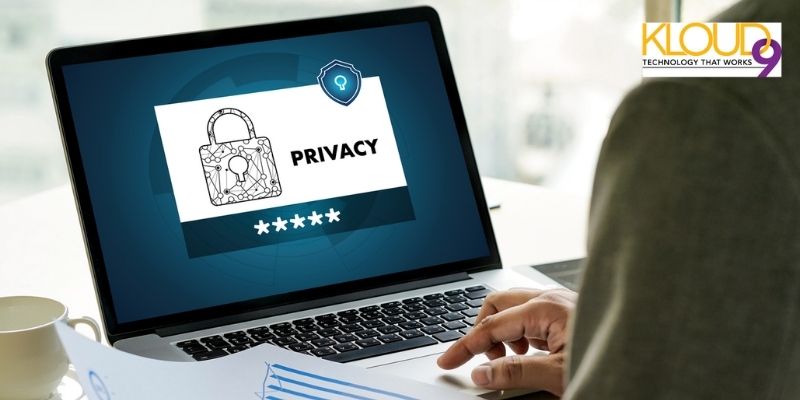SaaS - Software As A Service is an excellent choice for growing businesses in the digital world. Organizations combine SaaS with cloud-based services to enhance business operations, functionalities and strategies. SaaS helps to develop a roadmap for the business and supports a wide range of business projects. SaaS offers the best services to established and budding enterprises.
Most companies and organizations use SaaS for improving scalability, application up-gradation, and infrastructure. The rise in the demand for SaaS entails that it will capture the cloud market in the coming years. But it raises a security concern.
Business professionals are afraid of the data branches and vulnerability of the SaaS system. Along with efficient services, it is crucial to follow up with the SaaS security best practices.
The best practices will help you to protect the applications and increase efficiency. If you are a budding entrepreneur looking to develop a SaaS application for your organization, you are at the right place. The article will explain SaaS security for applications and the best practices associated with it.
What Is SaaS Security?
Software-as-a-Service (SaaS) applications or ecosystems have become soft targets for hackers and cybercriminals. Unethical hackers find SaaS attractive as it is the storehouse of various confidential data. The data can be of business, employees, clients, and customers. The data usually includes the payment details transactions and other personal information. Therefore, organizations need to take SaaS security as a priority.
You can use the SaaS security best practices while implementing the SaaS architecture. It is essential to abide by the SaaS security guidelines to increase the security features between the customer/client data and distributing software. The SaaS vendors will focus on the implementation of SaaS Security Management to regulate the operations and automate the system security.
What Are The SaaS Security Best Practices To Provide Protection To SaaS Applications?
1. Include Enhanced Authentication:
To protect the SaaS application, the security team must have an understanding of all the system integrations. The security team should undertake supported security options for every service. With this, you will be able to choose the best administration for the user authentication features. Moreover, it would be easier for you to analyze the correct authentication method for a specific organization. The security team can implement single sign-on services to ensure the system password policies are in place.
2. Implementation Of Data Encryption
For data encryption, you can use the Transport layer security. It helps in encrypting the data in transit mode. Besides this, SaaS is offering data encryption to the data in non-transit mode. Sometimes, this feature is available in the default mode. If not, you can enable it to enhance the data encryption feature. The security professionals can research varied security measures to enable the security parameters for data encryption.
3. Implementation Of Oversight and Vetting
It is crucial to review the evaluation procedure of the SaaS providers (vendors). You must know about the services offered by the vendors and the security model. Moreover, you should acknowledge the delivery service of SaaS operational parameters. Besides, you need to know the optional security services offered to you.
4. Focus On The SaaS Discovery and Inventory
As a user, you must be able to monitor a wide range of SaaS usage. To monitor the SaaS usage, follow the usage patterns when the application is being deployed. There might be unexpected changes in the usage patterns. For that, you should keep an eye on untraced SaaS usage. Many users embrace manual and automated techniques to monitor their SaaS usage. Both the techniques are reliable and help you to update the inventory regularly.
5. Use The CASB Tools:
CASB Tools refer to the Cloud Access Security Broker.CASB tools enhance the security features and maintain it to an adequate level. Many organizations use CASB tools to control SaaS services. You can explore a wide range of security tools to overcome the security shortcomings in the SaaS architecture. These tools are helpful while deploying any application and configuring it.
6. You Should Get Situational Awareness:
For every organization, SaaS situational awareness is quite essential. Security executives should know the difference between ordinary websites and SaaS features. SaaS refers to automated software and tools to enhance business processes. Therefore, the security level for SaaS applications will be higher than other applications.
Summary:
You have understood the significance of SaaS security and its implementation. If you want to implement SaaS security, Kloud9IT can help you with it. The IT experts at Koud9IT have high technical knowledge and understanding of the SaaS setup and security features. They can help you with the security implementation without any hassle.





You must be logged in to post a comment.